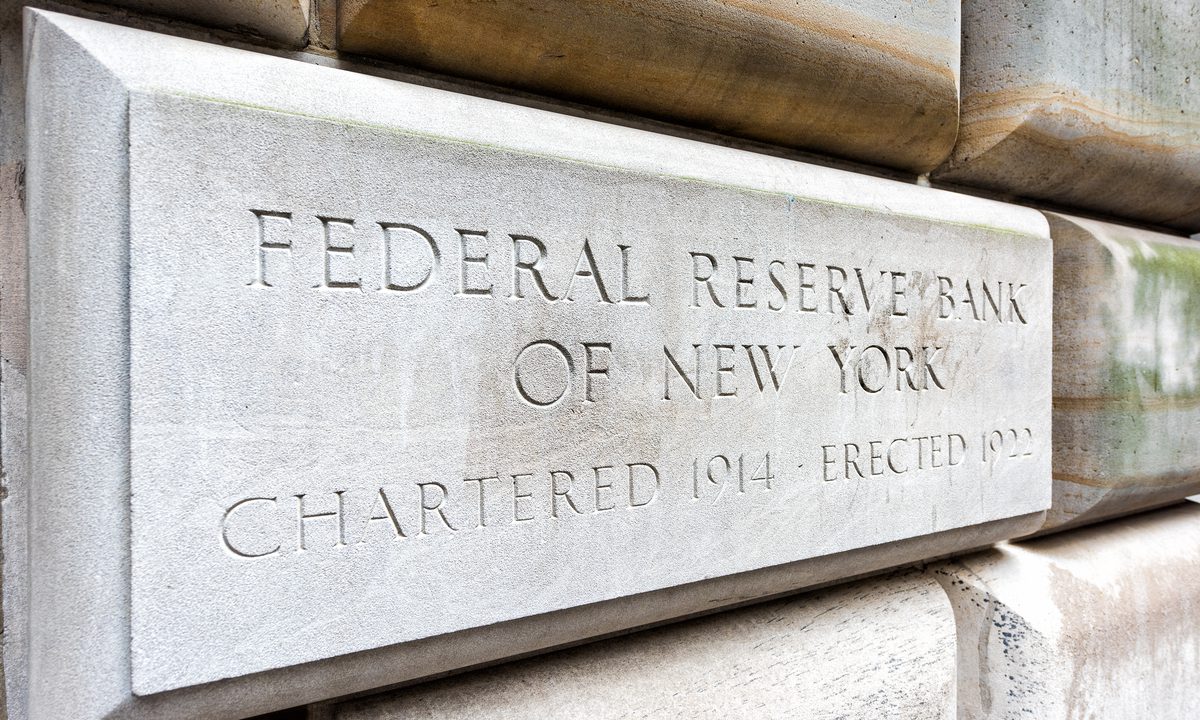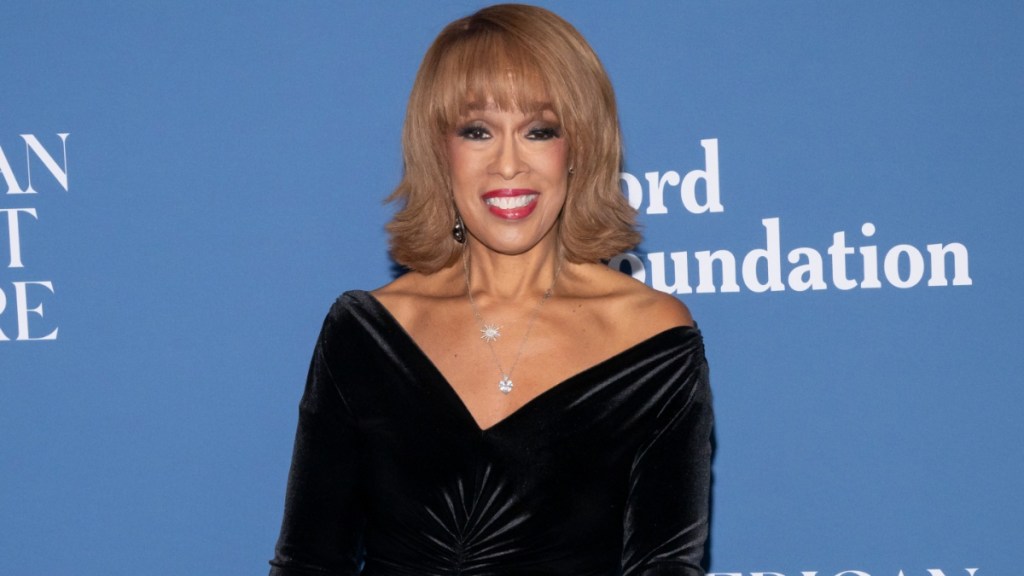Inflation Expectations Ease, But Consumer Spending Still Outpaces Income

The Federal Reserve Bank of New York’s June Survey of Consumer Expectations, released on July 8, reveals a mixed economic outlook. While there is a glimmer of optimism regarding inflation, with expectations of price increases slowing, consumer spending continues to outpace income growth. This survey provides crucial insights into the economic sentiments prevailing among American consumers.
The survey data, collected before the latest U.S. tariffs on trading partners, suggests that short-term inflation expectations have eased slightly. The one-year-ahead inflation forecast has fallen to 3%, aligning with levels seen in the latter half of 2024. However, medium- and long-term projections remain steady at 3% and 2.6%, respectively. Despite these tempered expectations, spending is still expected to surpass income growth, raising concerns about household financial stability.
Impact of Tariffs and Inflation on Consumer Expectations
The announcement of new tariffs by the Trump administration, set to take effect next month, could potentially alter consumer expectations and economic forecasts. The survey’s timing, prior to these developments, means the optimism reflected in the data might be short-lived. The tariffs are expected to influence prices, especially in categories like gas, medical care, and education, where consumers already anticipate significant price hikes.
According to the survey, gas price expectations increased by 4.2%, marking a 54% rise compared to May data. Similarly, anticipated price changes for medical care and college education surged by over 20% from May, reaching levels not seen since 2023. These increases suggest that consumers are bracing for more expensive essentials in the coming months.
Labor Market and Household Financial Sentiments
Despite inflation concerns, the labor market indicators show signs of improving sentiment. The perceived probability of job loss among households has dropped to 14%, the lowest since December. Additionally, unemployment expectations have decreased to 39.7%, down from recent peaks of 44%. These figures indicate a growing confidence in job security, which could influence consumer spending patterns.
However, the gap between income growth and spending remains a concern. Expected earnings growth has edged down to 2.5%, continuing a trend of stagnation since 2021. One-year-ahead income growth expectations have also fallen to 2.45%, below the 12-month trailing average of 2.8%, marking the lowest level since December 2023. This stagnation in income growth is insufficient to keep pace with the anticipated price increases.
Credit Access and Future Financial Planning
As spending continues to outpace income, consumers may increasingly rely on credit to fund their purchases. The survey indicates a slight improvement in perceptions of credit access, with fewer households reporting difficulties in obtaining credit compared to a year ago. Expectations for future credit availability have also improved, suggesting that consumers anticipate easier access to credit in the coming year.
“Perceptions of credit access compared to a year ago showed a smaller share of households reporting it is harder to get credit,” the survey noted. “Expectations for future credit availability also improved in June, with a smaller share of respondents expecting it will be harder to obtain credit in the year ahead.”
Looking Ahead: Economic Implications
The survey’s findings underscore the complex interplay between inflation expectations, consumer spending, and income growth. As the U.S. economy navigates the impact of new tariffs and ongoing inflationary pressures, consumer behavior will be a critical factor in shaping future economic trends. Policymakers and economists will need to closely monitor these dynamics to address potential challenges in maintaining economic stability.
In conclusion, while there is cautious optimism about inflation easing, the persistent gap between spending and income growth highlights the financial pressures facing American households. As the economic landscape evolves, understanding consumer expectations and behaviors will be essential for crafting effective economic policies and ensuring sustainable growth.






